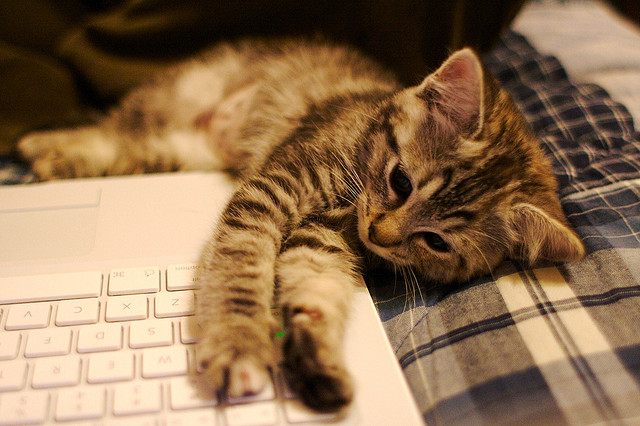Werbewoche, Nr. 40, November 2005
That is what happened recently at the Wall Street Journal Europe (see Werbewoche 13 October 2005). And the best thing about it is: it’s true – at least for the business paper’s core target group. Every executive, every banker and anyone else who has a say moans about “information overload”. It is hard these days just to keep up with all the daily emails clogging your inbox. Thus, instead of selling weighty tomes, condensing the most important information on limited space may well become a quality feature in the eyes of both readers and advertising clients. I recall reading a letter to the editor by an obviously annoyed subscriber to the New York Times, who cancelled his subscription because his four- or five-year-old son could not manage to carry the Time’s multi-pound Sunday edition from the mailbox to the apartment.
What is more, there is no single executive or banker left able to afford not being permanently connected to the internet. This begs the question, why would a business newspaper have to print page after page of stock quotes if live data is readily available online? And why shouldn’t publishers intelligently connect the paper and the ads in such a way that what goes into print will suffice to keep readers up to speed on the latest general news, while, at the same time, provide specific target groups with more in-depth coverage on special topics on the web? And why do so many publishers and advertisers keep thinking that their message only gets across if printed on broadsheet-sized paper, which in most circumstances where people still find time to read a newspaper proves utterly impractical?
I am not able to look into the Journal’s books. To be sure, a few days after the re-launch it is still much too early to know for certain whether the experiment makes economic sense. At the moment, I can only offer one indication of its success. In the small but distinguished Università della Svizzera italiana, where I lecture, there is a silent salesman at the entrance, where students can get a free copy of the Wall Street Journal Europe. Up until three weeks ago, the broadsheet paper lay there without hardly anyone noticing. These days, however, if you want to get one of these new light and colourful editions that fit comfortably into a handbag, you’ll have to be there early in the morning. The shelves are usually empty by noon.
Translation: Florian Faes










































